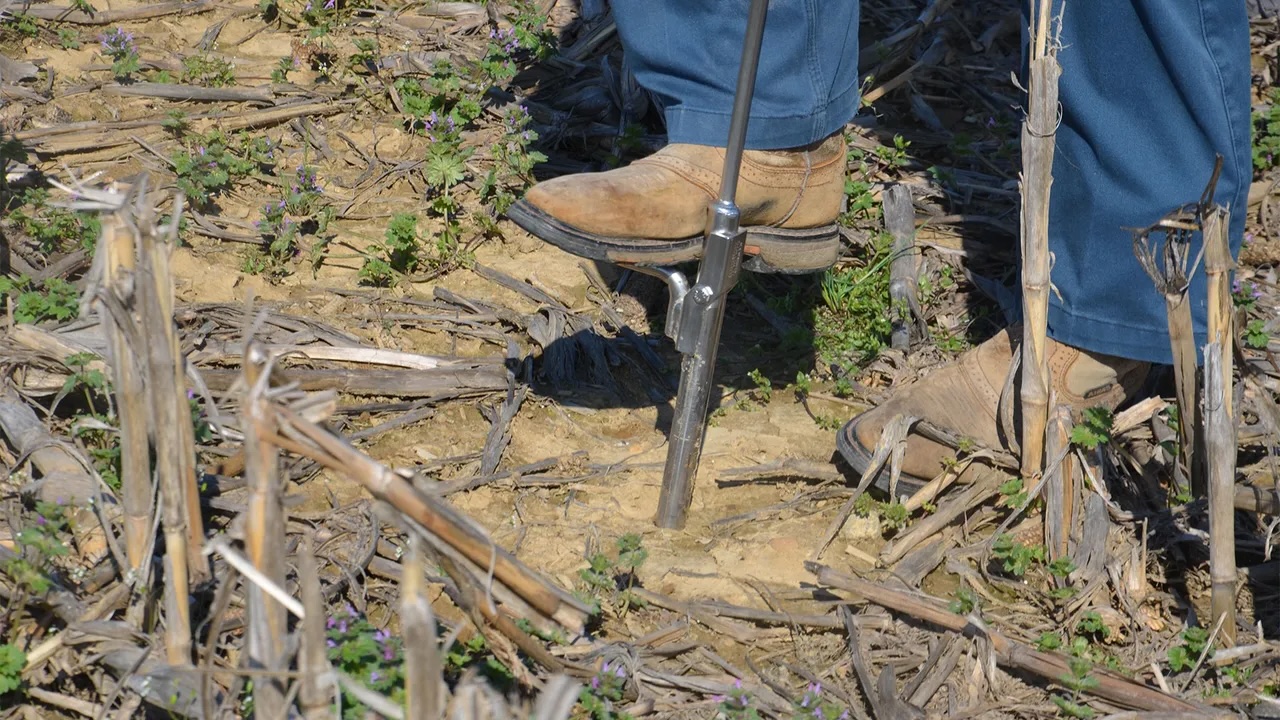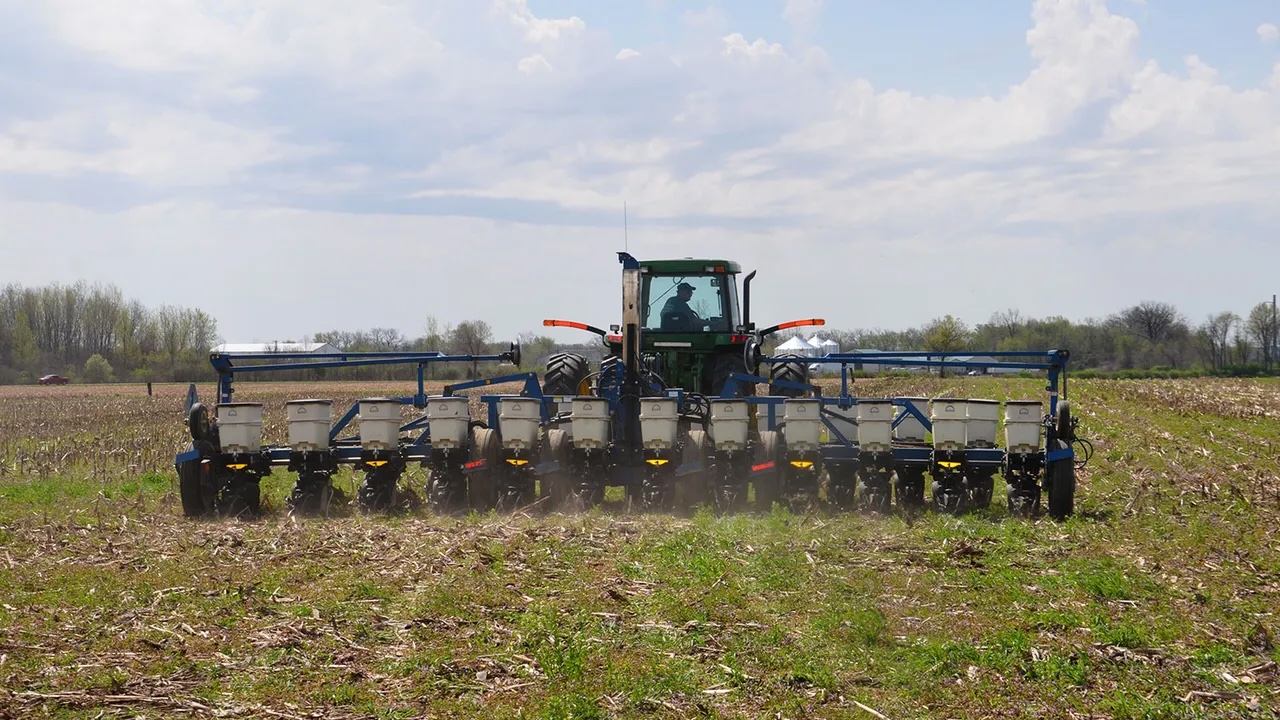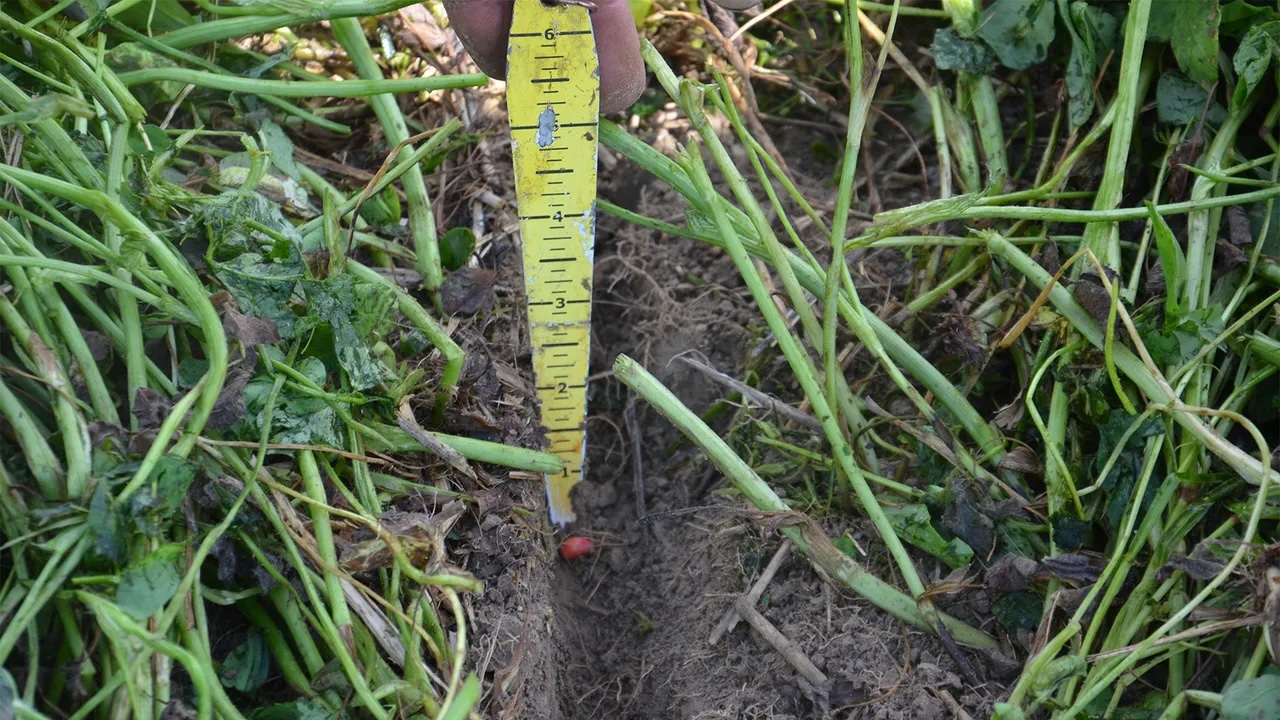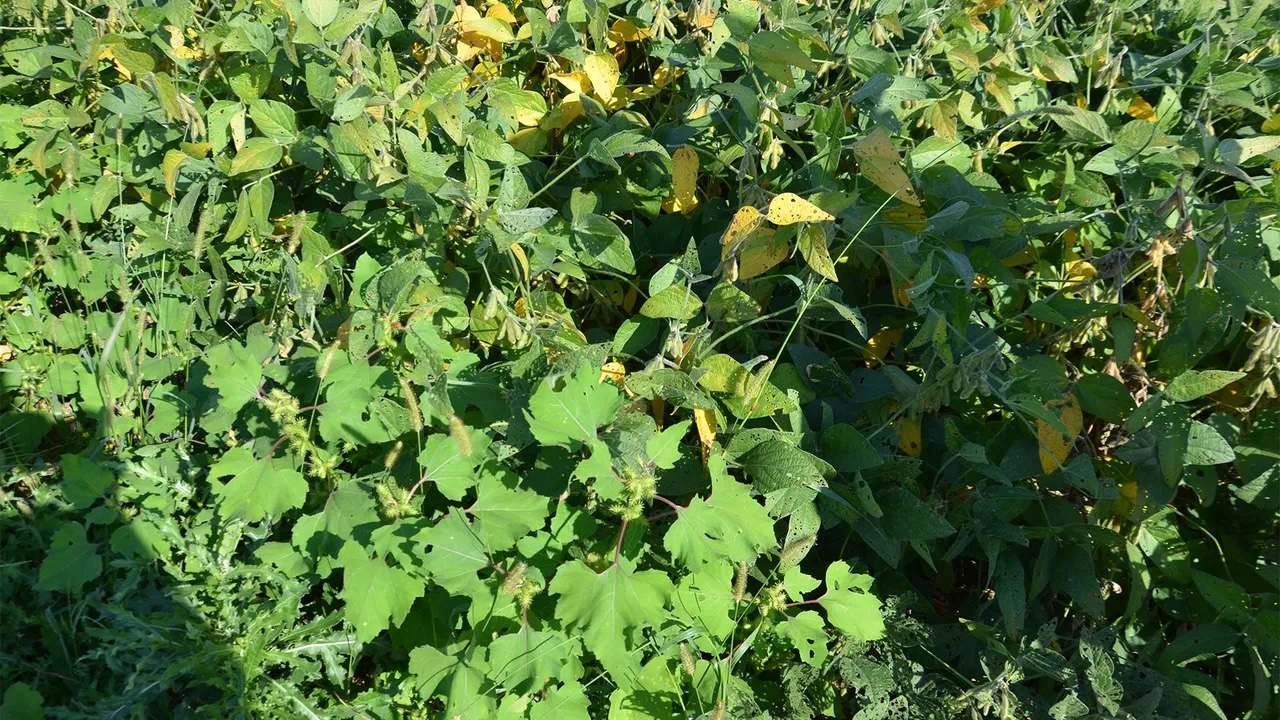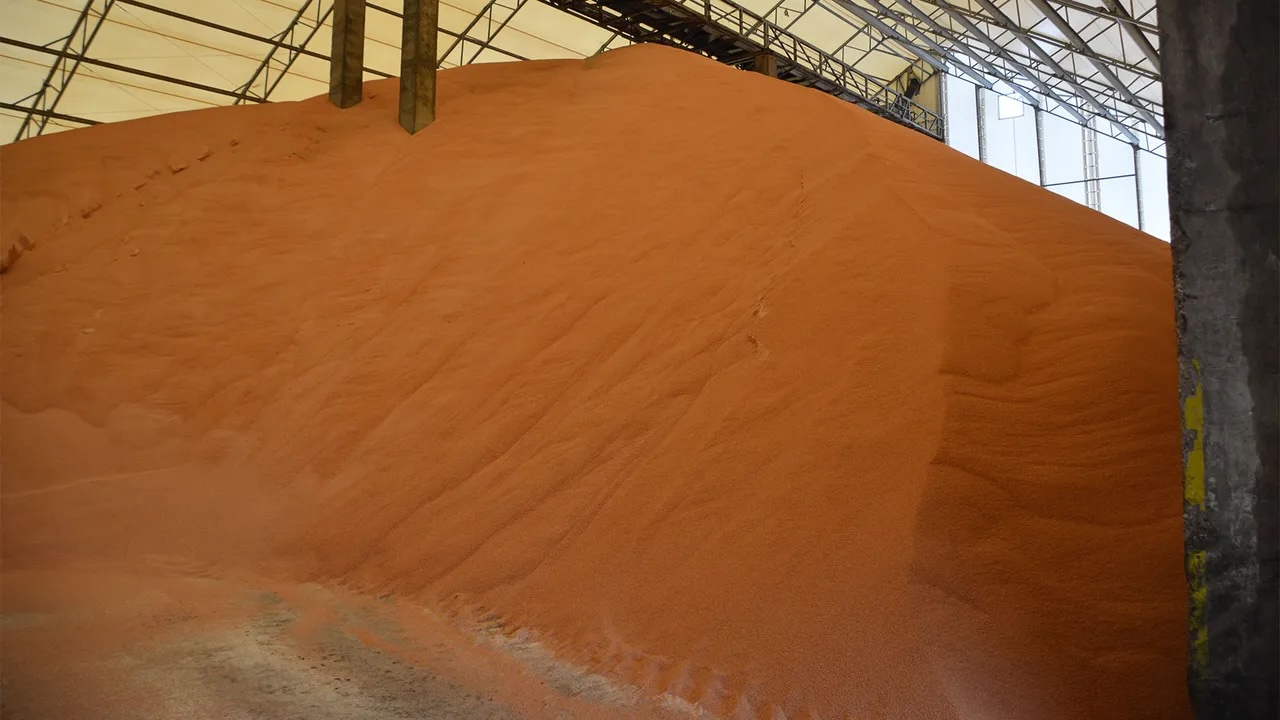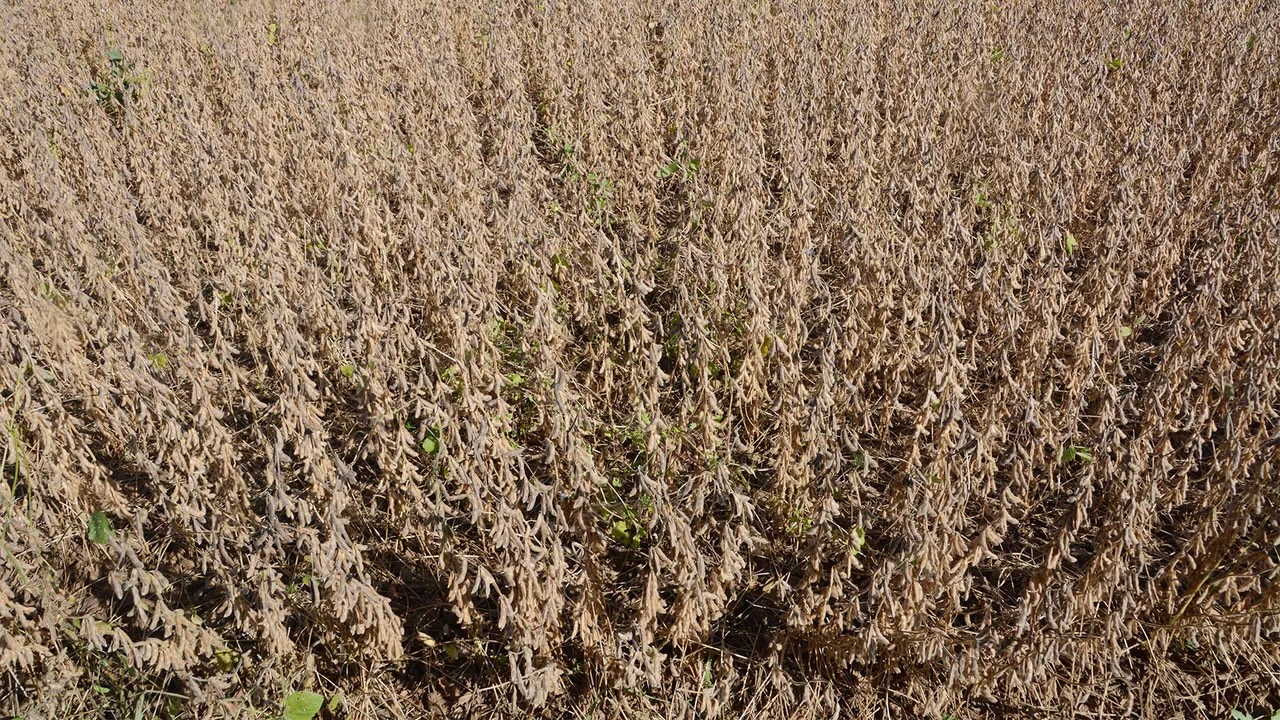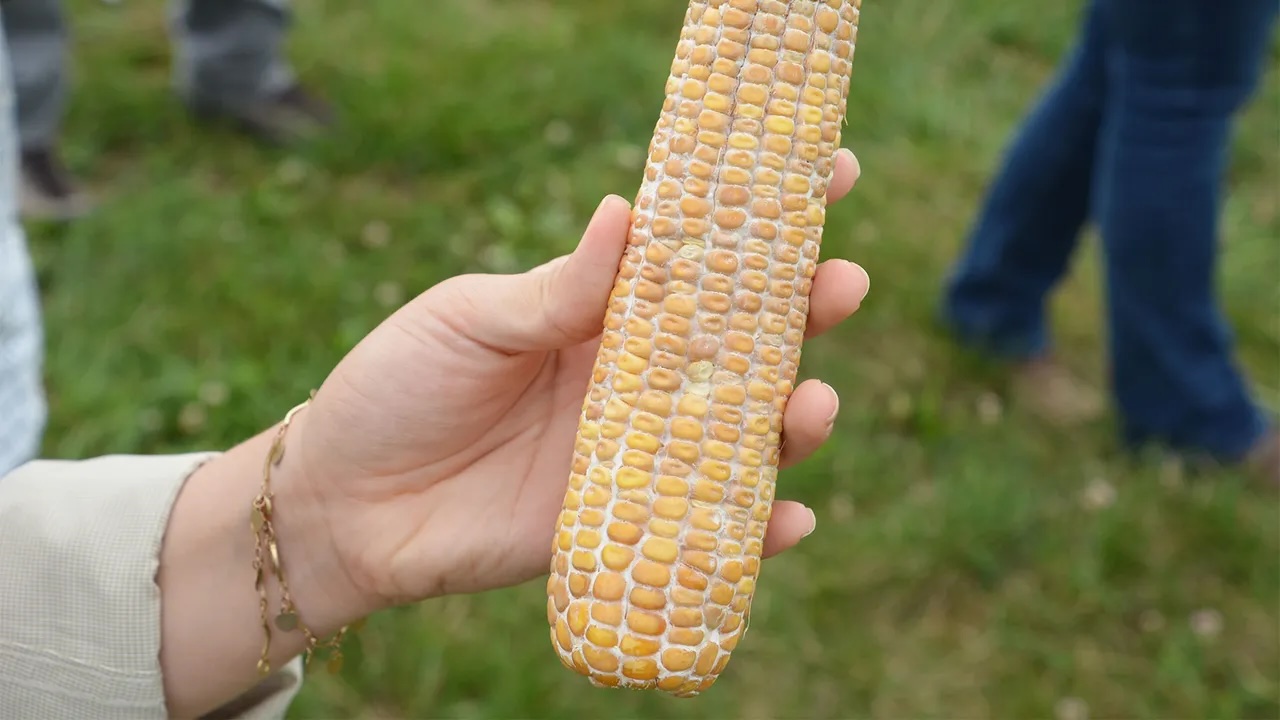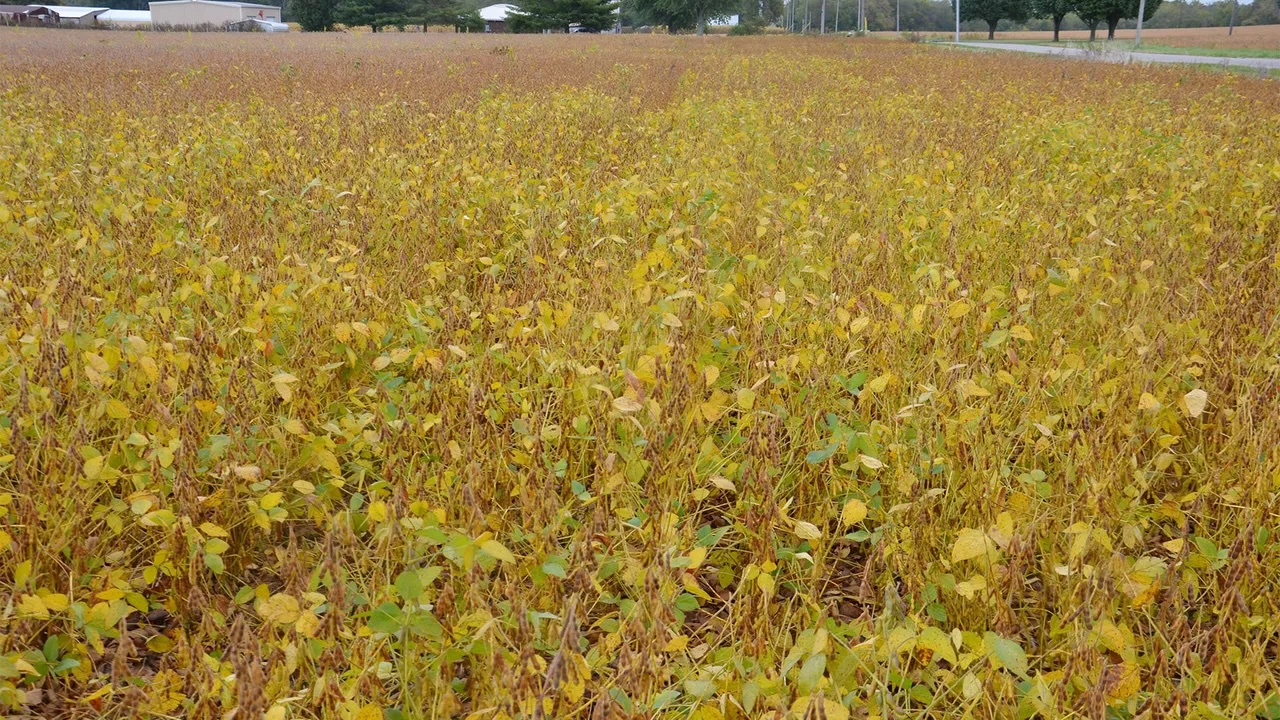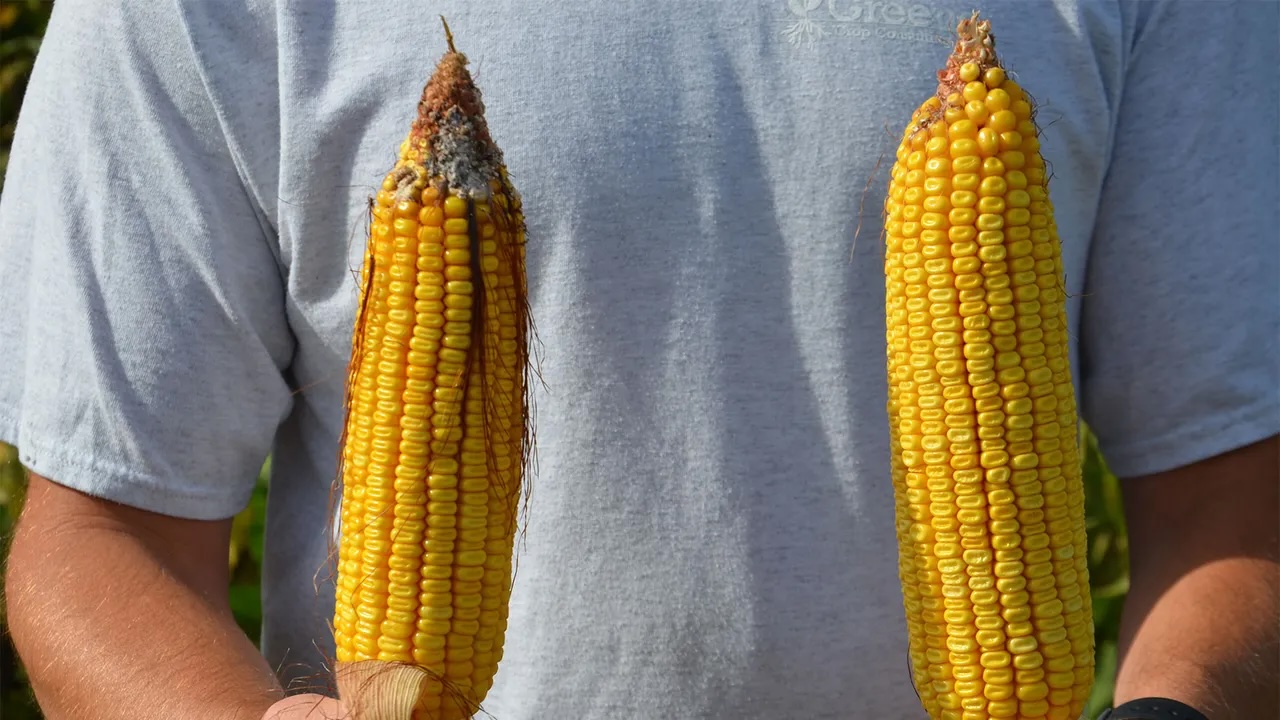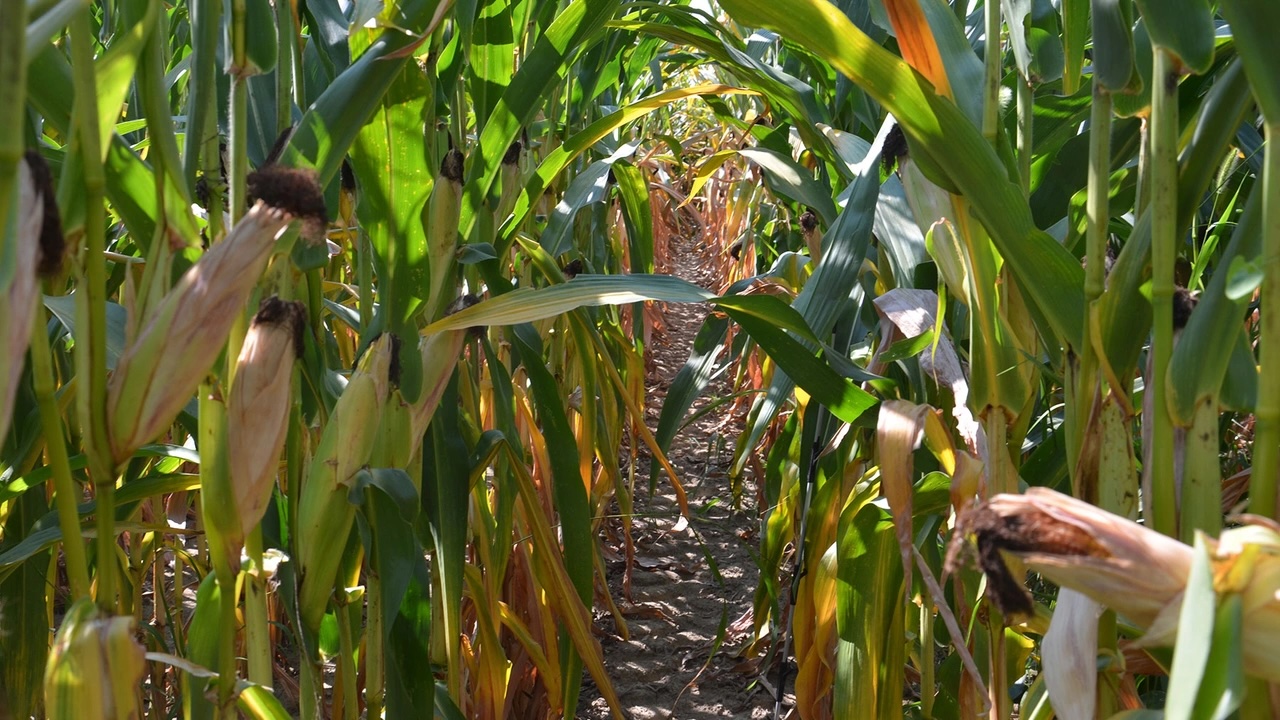Yield maps: What to look at first
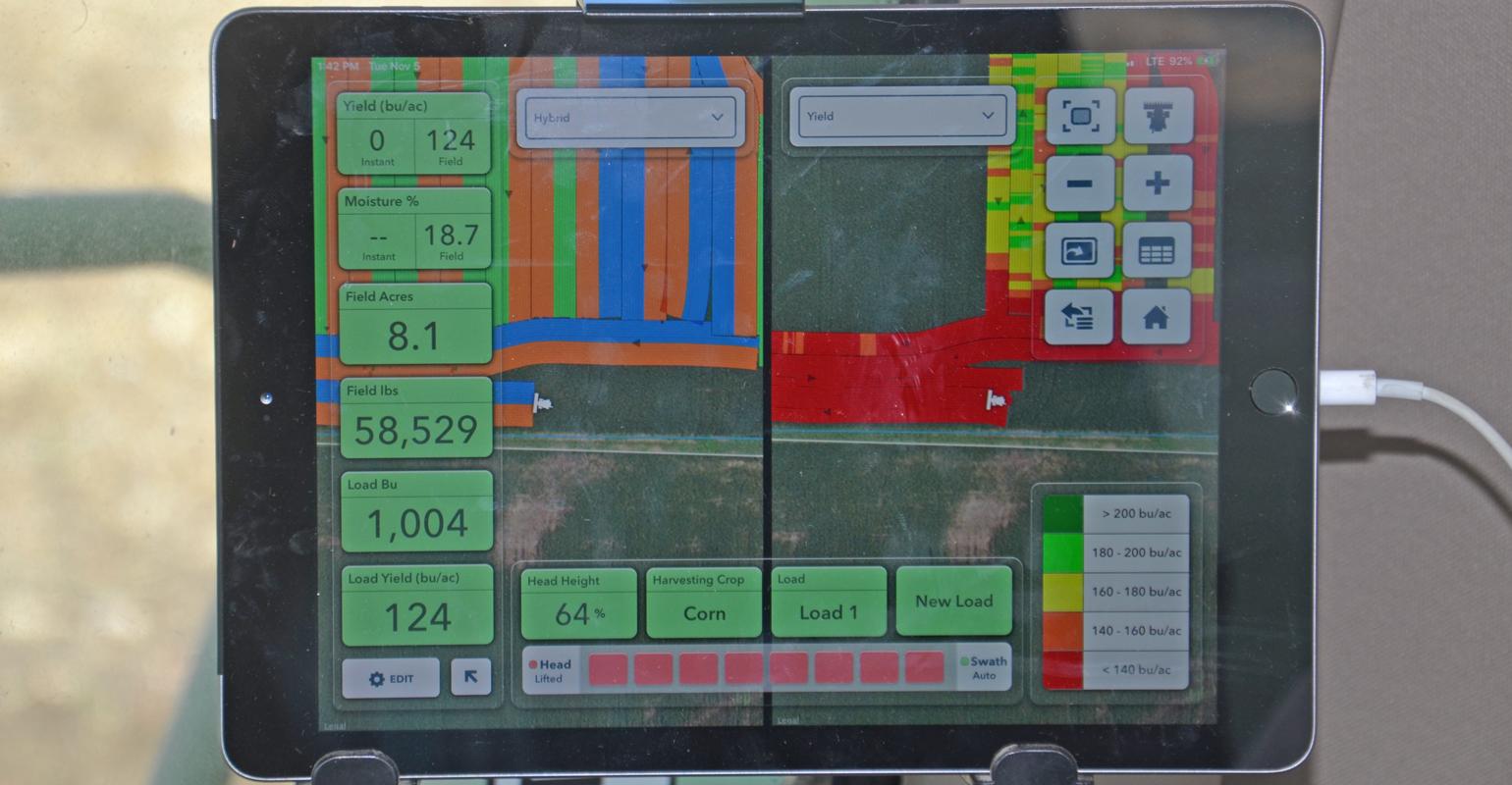
Corn Corner: Look for areas where you can make management changes to improve profit.
Oct 05, 2020
We collect yield monitor data when we harvest corn. What’s the first thing we should do after harvest to make use of that data to make decisions for next year?
The Indiana certified crop advisers answering this question include Steve Gauck, regional agronomy manager for Beck’s, Greensburg; Andy Like, independent crops consultant, Vincennes; and Dan Ritter, agronomist with Corteva Agriscience, Rensselaer.
Gauck: The first thing you need to do is make it a priority to upload the yield data into the program that is most comfortable for you to use. Do this quickly after harvest so issues or concerns are fresh in your mind. I feel one of the most valuable pieces of information that can come from yield maps is looking at locations within fields or entire fields that need tile. The yield map tells the story of what a wet area cost you this year.
The next thing would be to look for unusual yield gains or losses in fields. Why was yield so much better in an area? Does this area have tile, better soil fertility or fertilizer overlap? Then look at the low-yield areas. Are they wet spots, compacted, shaded or full of weeds? This helps you identify your biggest yield gains and losses. You can use the data to create nutrient use maps based on yield, then create variable-rate fertilizer application maps to spread this fall or next spring.
When studying the data, look for patterns or trends in fields and identify what caused them. We have seen plugged rows on nitrogen applicator rigs, tillage passes on heavy soils and pinch rows from planters show up on yield maps. Most people want to look just at yield data and compare hybrids or fungicide applications. Be sure to look deeper into why yields happen, and use that to improve your farm.
Like: I would start by correcting the yield data with actual scale tickets to make sure the data is as accurate as possible. Secondly, I would check to see if the hybrids or varieties are associated with the correct yield data. Lastly, I would perform the analyses that will help you make decisions for next year. Typically, these analyses would compare the yield to the treatment. A few examples would be hybrids and varieties, soil fertility treatment, and fungicide application areas.
Ritter: The first two items I would want to address would be tile and soil fertility issues. From the data, look for low-yielding areas and identify the underlying cause, if possible. I pick those two items because they tend to be the most time critical to address yet this fall, if possible. Identifying compacted areas may also be critical to begin rectifying this fall.
After those items, look for hybrid and variety performance. Make note of areas where there may have been disease or weed issues. I think these items can be managed later this fall and winter, as you evaluate those programs and how successful they were for your operation.


